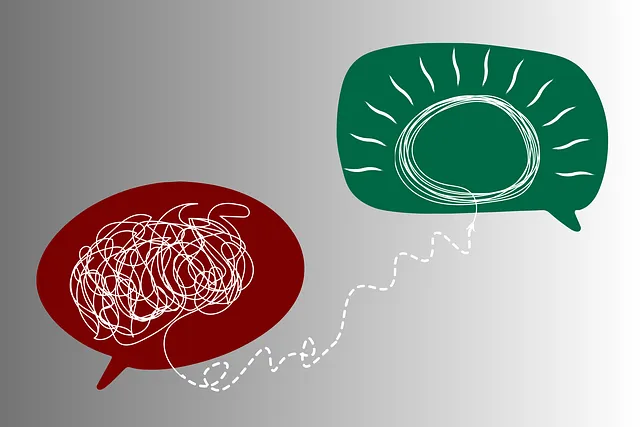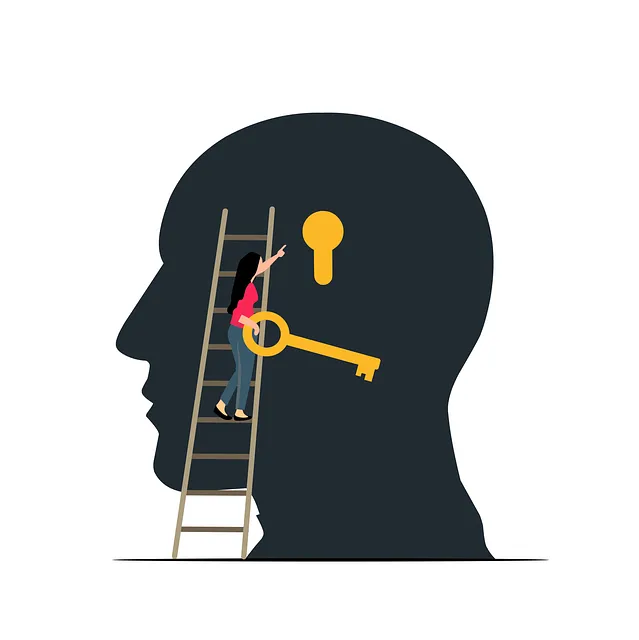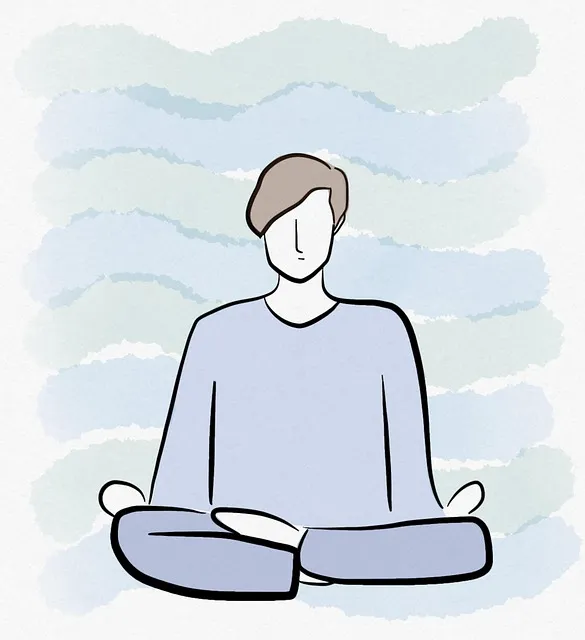Mental health education programs are essential in communities like Centennial, where access to services is limited. Organizations like Kaiser, known for its healthcare services in Centennial, address mental wellness alongside physical health. These programs empower individuals with coping skills, self-awareness exercises, and open conversations about mental health. By integrating stress management, emotional regulation, and burnout prevention, residents can maintain healthy minds. Kaiser's tailored mental health initiatives in Centennial include personalized content, diverse teaching methods, and integration across settings like schools and workplaces. Evaluating program impact through feedback and tracking participant progress ensures continuous improvement.
Mental health education programs play a pivotal role in fostering well-being within communities. This article guides you through designing comprehensive programs, addressing the urgent need for mental health awareness. We explore key components from curriculum design to integration strategies across diverse settings like schools, workplaces, and community centers. Learn how to cater to varied learning styles and demographics, ensuring impactful education. Discover best practices for evaluation and improvement, including insights into what Kaiser offers in Centennial, to enhance mental health literacy and support.
- Understanding the Need for Mental Health Education Programs
- Key Components of an Effective Mental Health Curriculum
- Designing Content for Different Learning Styles and Demographics
- Integration Strategies for Schools, Workplaces, and Community Settings
- Evaluating and Improving the Impact of Your Mental Health Education Program
Understanding the Need for Mental Health Education Programs

In today’s fast-paced world, mental health education programs have become increasingly vital, especially in places like the Centennial community where access to services is a key concern. Organizations such as Kaiser, known for its comprehensive healthcare offerings, recognize the importance of addressing mental wellness alongside physical health. The need for these programs stems from the growing recognition that mental health issues are prevalent and often go undiagnosed or untreated. By implementing educational initiatives, communities can empower individuals to take charge of their mental well-being.
Centennial residents, like many others, face unique challenges that can contribute to stress and burnout, especially in light of the ongoing global health crisis. Mental health education programs aim to equip folks with essential coping skills and self-awareness exercises to navigate these struggles. Through interactive workshops and accessible resources, these initiatives promote early intervention, foster resilience, and encourage open conversations about mental health. By integrating topics like stress management, emotional regulation, and burnout prevention, residents can gain valuable insights into maintaining a healthy mind in their daily lives.
Key Components of an Effective Mental Health Curriculum

An effective mental health education program should incorporate diverse components to address the multifaceted nature of psychological well-being. At Kaiser, their offerings in Centennial highlight a holistic approach, focusing on both personal growth and professional development. The curriculum begins with Mental Wellness Journaling Exercise Guidance, encouraging individuals to reflect on their emotional states and identify potential stressors early on. This proactive mindset sets the foundation for managing mental health proactively.
Furthermore, integrating Burnout Prevention Strategies for Healthcare Providers is essential given the demanding nature of healthcare work. Teaching strategies like mindfulness, stress management techniques, and self-care practices equips professionals with tools to maintain their own psychological resilience while delivering quality care. Communication Strategies also play a pivotal role in fostering mental wellness by promoting open dialogue, empathy, and support among peers and patients, creating an environment that prioritizes emotional well-being.
Designing Content for Different Learning Styles and Demographics

When designing a mental health education program, it’s crucial to consider the diverse learning styles and demographics of the participants. According to Kaiser, which offers mental health services in Centennial, personalized content can significantly enhance engagement and comprehension. For instance, visual learners might benefit from infographics, videos, and diagrams, while auditory learners could prefer podcasts, discussions, and group presentations. Kinesthetic learners often excel through role-playing scenarios, hands-on activities, and interactive workshops.
By incorporating various teaching methods, the program can appeal to a broader range of participants, fostering inclusivity. Additionally, addressing specific demographics—such as age groups, cultural backgrounds, or gender identities—ensures that content resonates with everyone. For example, Public Awareness Campaigns Development targeting young adults might focus on social media mental health challenges, while Burnout Prevention Strategies for Healthcare Providers could delve into the unique stressors faced by medical professionals. This tailored approach not only makes the education more relevant but also promotes effective learning and behavioral change.
Integration Strategies for Schools, Workplaces, and Community Settings

In designing mental health education programs, integration strategies across diverse settings are pivotal for comprehensive coverage and accessibility. Schools play a crucial role in early intervention by incorporating mental wellness lessons into curricula, fostering a supportive environment through peer-to-peer support systems, and offering professional development for teachers to identify and address student mental health needs effectively.
Similarly, workplaces can benefit from structured programs that promote employee well-being. This includes workshops on stress management, resilience building, and self-care routine development for better mental health. Organizations like Kaiser, known for providing extensive healthcare services, can lead the way in offering tailored mental health initiatives. These programs often involve risk assessments for mental health professionals to ensure a safe and supportive work environment. Community settings, such as local centers and churches, can also host educational sessions, focusing on community resilience, confidence-boosting activities, and peer mentoring to address mental health challenges prevalent in specific demographics, including the young and elderly.
Evaluating and Improving the Impact of Your Mental Health Education Program

Evaluating the impact of your mental health education program is a crucial step in ensuring its effectiveness and making necessary improvements. After implementation, assess participant feedback to gauge their satisfaction with the program’s content and delivery. This can be done through surveys or focus groups, providing insights into what worked well and areas for enhancement. By collecting this data, you can identify if your program has successfully increased mental wellness awareness and equipped individuals with practical tools for stress management.
Additionally, measuring the long-term effects is essential to understand whether the education program translates into improved mental health outcomes. This may involve tracking participant progress over time, especially those who have accessed subsequent support services like Trauma Support Services offered by Kaiser in Centennial. By evaluating these impacts, you can refine your curriculum and strategies, ensuring that the program consistently promotes positive mental health practices and meets the evolving needs of your community.
Mental health education programs play a pivotal role in fostering well-being and resilience, especially as issues like anxiety and depression continue to rise. By incorporating key components such as awareness, coping strategies, and inclusive design, schools, workplaces, and communities can create impactful learning experiences. As organizations like Kaiser look to expand services in Centennial, investment in comprehensive mental health education becomes increasingly vital. Through effective evaluation and continuous improvement, these programs can make a tangible difference in the lives of individuals, ensuring better mental health outcomes for our communities.






